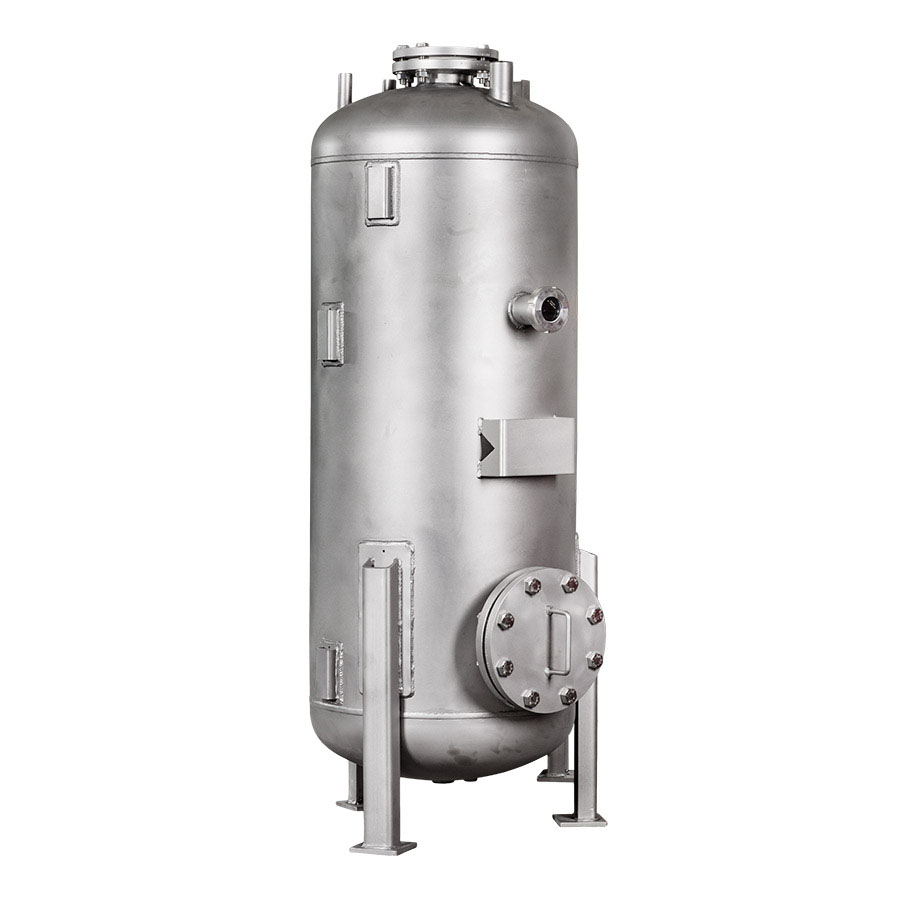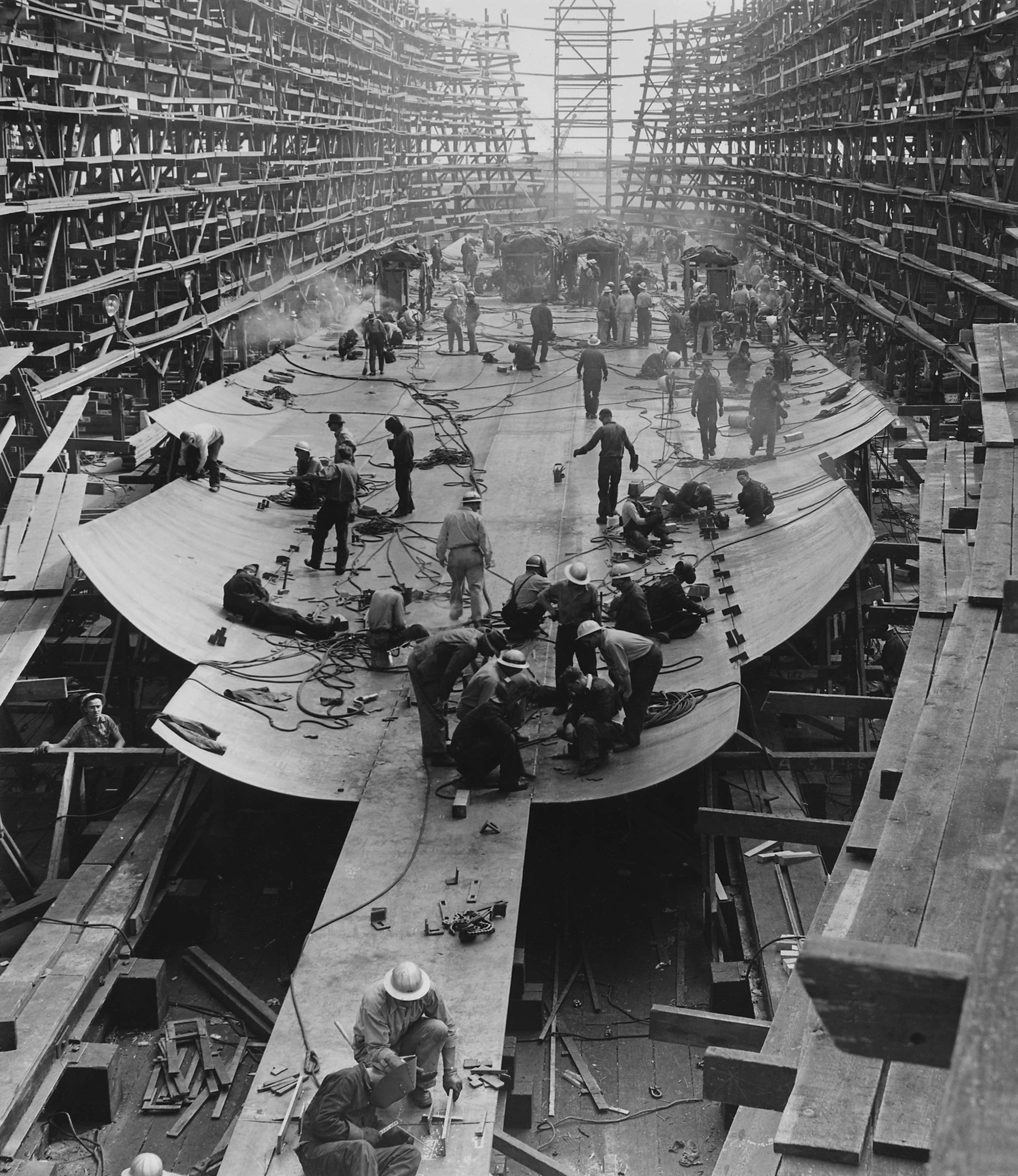Reverse osmosis is a process that removes dissolved salts and other impurities from water by applying pressure to force water molecules through a semipermeable membrane. While reverse osmosis is effective in removing dissolved minerals, it can also remove essential minerals such as calcium, magnesium, and potassium, which are beneficial for human health.
To address this issue, many reverse osmosis systems incorporate a mineralization stage that adds minerals back into the water after the RO treatment. This is typically done by passing the RO-treated water through a mineralization filter or cartridge that contains minerals such as calcium, magnesium, and potassium.
The mineralization process can improve the taste and quality of the water, as well as provide health benefits associated with the minerals. Calcium and magnesium, for example, are important for maintaining healthy bones and teeth, while potassium plays a role in regulating blood pressure and heart health.
The amount and type of minerals added back into the water during the mineralization process can vary depending on the system and the desired water quality. Some systems may also incorporate other stages, such as activated carbon filtration or UV disinfection, to further enhance the water quality.
It is worth noting that while mineralization can improve the taste and health benefits of the water, it can also increase the risk of scale buildup in appliances and plumbing fixtures. The minerals in the water can form deposits on surfaces and reduce the efficiency of the equipment. Regular maintenance and cleaning may be necessary to prevent these issues.

